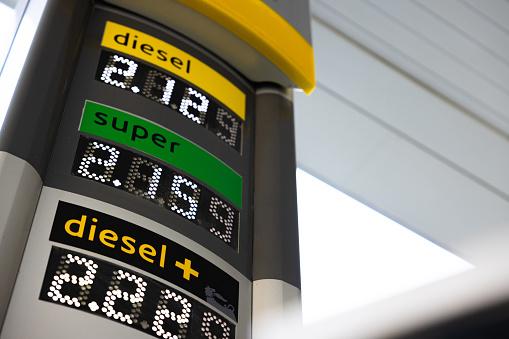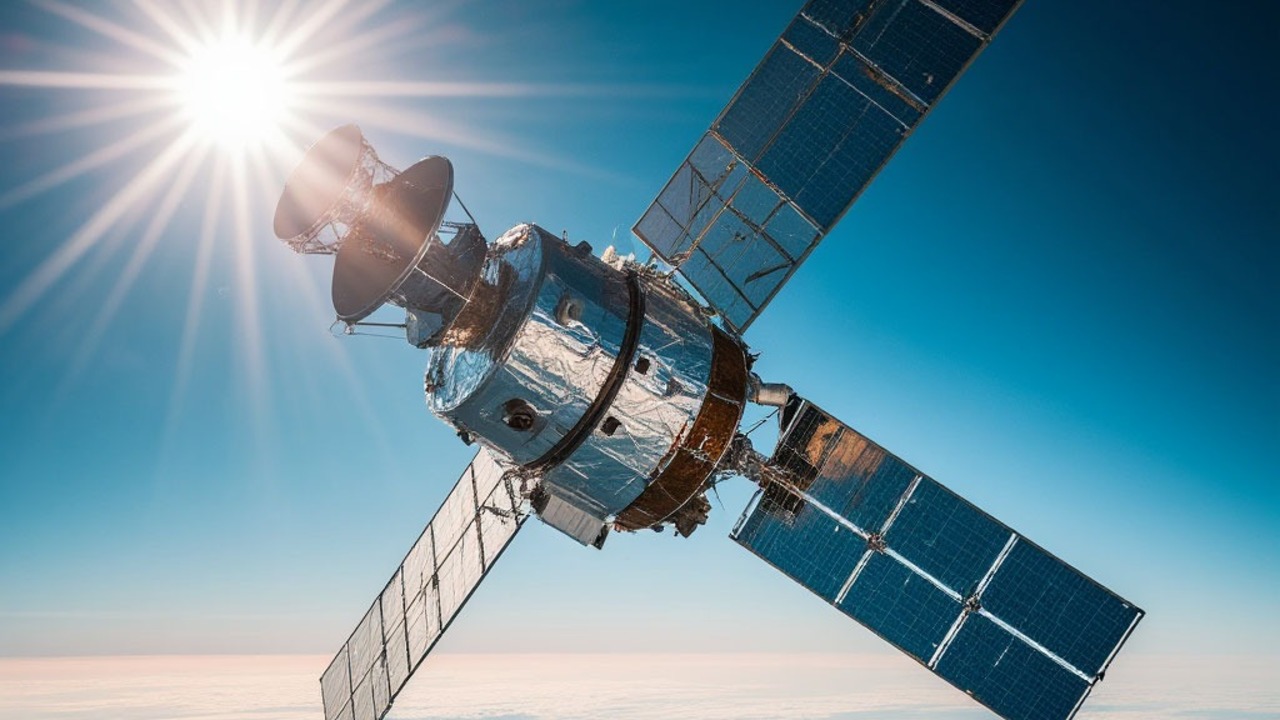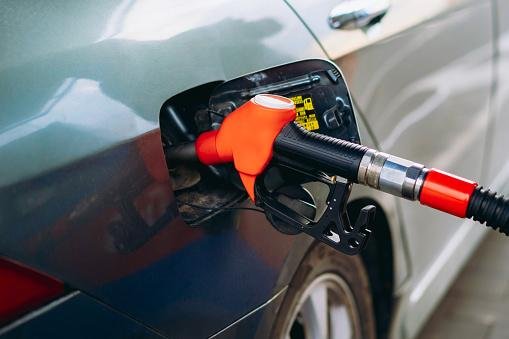Scientists and experts point out that there are sufficient reserves of fossil fuels. World demand for several decades, such as gasoline and diesel. But humanity plans to stop using these resources so as not to worsen the environmental problems caused by climate change.
Although there are fossil fuel reserves for many years, the growth in world demand will result in a significant increase in prices in the coming years, as is already the case. For this and other reasons, hundreds of companies have started to invest in the clean and renewable energy sector, reducing their dependence on common fuels and the way they affect nature with the pollution they emit.
In recent years, Many renewable energy technologies such as solar, wind, hydroelectric and geothermal energy came to the fore.. An Ember report on the use of renewable energies throughout 2021 detailed that solar and wind resources currently represent 10.3% of all electricity worldwide.
What are fossil fuels?
Fossil fuels are produced from organic materials that have accumulated over millions of years on Earth, such as oil, natural gas, and coal. Not all of these resources are renewable or clean, as greenhouse gases take millions of years to form and release during combustion.
Gasoline is one of the most popular fossil fuels worldwide, a liquid derivative made from petroleum, and is widely used in automobiles, motorcycles, airplanes and boats. It is a combination of hydrocarbons made of carbon and hydrogen atoms, refined from petroleum.
When gasoline is burned in a combustion engine, gases such as carbon dioxide (CO2), nitrogen oxide (NOx), carbon monoxide (CO) and other toxic substances are released. All these gases pollute nature extremely and contribute to climate change.

Not to mention that the extraction, production and transportation of these fossil fuels also impacts the environment, contributing to the elimination of certain natural habitats, soil and water pollution, threats to the planet’s biodiversity, among other problems.
What alternatives are available in the current market?
A report by the Intergovernmental Panel on Climate Change (IPCC) published in 2022 warns about the use of fossil fuels. The scientific organization, created within the framework of the United Nations, is calling for an end to fossil fuel use in the next decades and a significant reduction in the next eight years, as greenhouse gases are constantly heating the planet and can cause serious problems. in the not-too-distant future for humanity.
At the 26th UN Climate Conference (COP 26) in 2021, 24 countries reached an agreement and committed to ending sales of fossil fuel-powered vehicles by 2040. On the same occasion, manufacturers Ford, Volvo and Mercedes-Benz also signed the contract. The deal and pledged to end sales of these vehicles in major markets by 2035, focusing solely on the production of cars powered by renewable energy.
green hydrogen
Green hydrogen is one of the best alternatives among clean and renewable energy sources to replace fossil fuels in vehicles. Clean fuel is produced from electrolysis, a process that uses electrical currents to separate hydrogen from oxygen in water – renewable sources such as solar or wind power are used for production.
Biofuels
Biofuels are also an energy option with a low pollutant emission rate, as they can be produced from renewable sources such as organic waste. In Brazil, ethanol made from sugar cane is widely used. However, there is still debate about this, as biofuel production can create competition with the food industry, causing deforestation and pollution.
Electric
Electric cars are already among us and are among the best options for limiting the emissions of polluting gases in transportation. However, there is an important detail: The electrical energy that feeds the vehicle batteries must come from renewable and clean sources, such as the ones below, so that the environmental impact is actually lower.
- Solar energy – Solar energy converts the light produced by the Sun into electrical energy through solar panels. The source can be used in different situations, whether it is to power a home or to power the batteries of an electric vehicle.
- Wind power – Wind energy is a clean source of energy produced through the movement of air, captured by wind turbines that convert the kinetic energy of the wind into electricity.
- hydraulic energy – Hydraulic energy is generated from the movement of water and captured by hydroelectric power plants, which convert the kinetic energy of the water into electricity.
- Geothermal energy – Geothermal energy is captured through geothermal power plants, using natural heat from inside the Earth to generate electricity.
synthetic fuels
Synthetic fuels are made artificially in nature from chemical reactions that can produce lab-produced gasoline, diesel, and even kerosene without the need for extraction. These fuels are also designed not to emit carbon dioxide.
What can we expect from the future?
“Cop26 marks the end of the road for the internal combustion engine. “I salute all leaders who are with us today to show the world that the transition to clean road transport is not just happening, it is accelerating,” said Helen Clarkson, Climate Group Executive Director. GuardN.
So far, 197 countries have signed the Paris Agreement, an international agreement aimed at limiting global warming to 2 degrees below pre-industrial levels and temperature rise to 1.5 degrees. That is, governments around the world are preparing to reduce fossil fuel consumption in order to continue to meet the criteria of the agreement and thereby limit climate change.
Source: Tec Mundo
I’m Blaine Morgan, an experienced journalist and writer with over 8 years of experience in the tech industry. My expertise lies in writing about technology news and trends, covering everything from cutting-edge gadgets to emerging software developments. I’ve written for several leading publications including Gadget Onus where I am an author.













